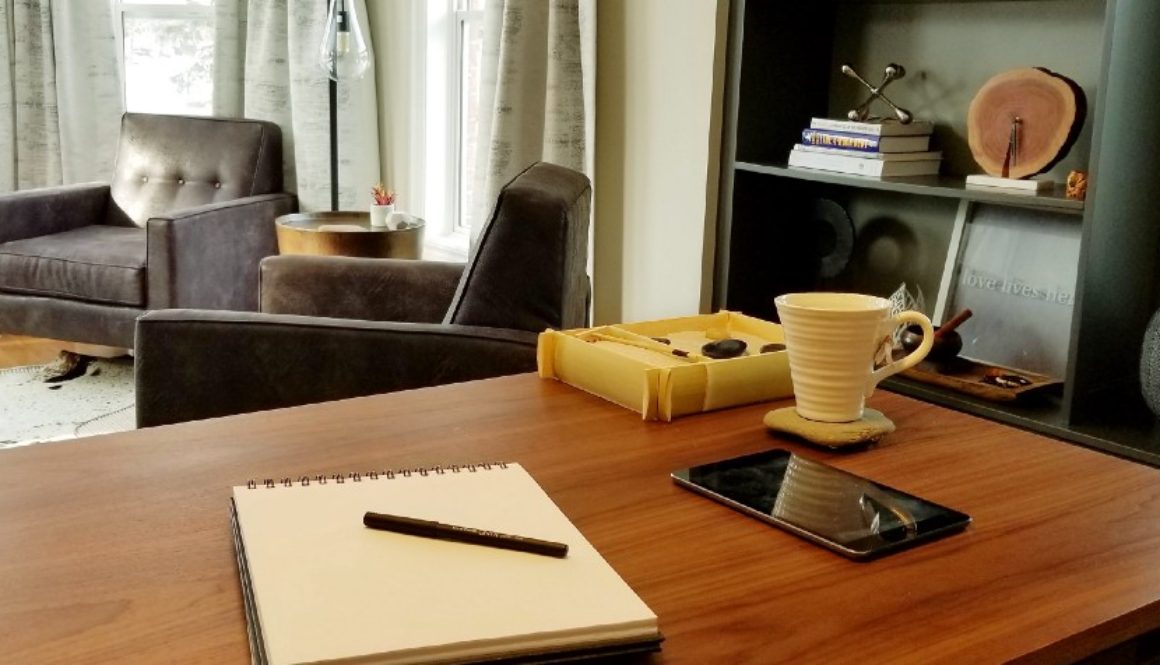The 5 goal-setting lessons that transformed my life
Three years ago I was stuck in the mud. Fully up to my knees trudging a path I didn’t enjoy.
I knew exactly what I wanted.
I knew where I wanted to be.
Yet that hopeful future image alluded me. It had been doing so for a decade or more.
Every year, like many, I wrote a list of goals for myself. I’d charge into the new year full of enthusiasm. By mid-January I was back in the same rut — the list of goals buried deep in a book somewhere.
Everything changed three years ago. I was introduced to a new approach. Over time I’ve improved upon it.
The result? I hit all my 2017 goals. In less than two years, I created a new business from ground up. I’ve surpassed the goals that laid dormant for more than a decade.
Here’s the recipe I use. Give it a try.
Visualization is everything. If you can’t visualize your outcome as if it’s already happened, then it won’t. Period. I spent years hoping for something different in the future. Even planning for it. But I couldn’t fully visualize it. I wasn’t able to put myself into the future state I wanted to create.
All great accomplishments come to those who believe before they achieve. Elon Musk can envision taking humans to Mars. Richard Branson could envision landing a hot air balloon on the other side of the ocean.
I’ve learned to focus on what I believe possible. I visualize that goal as already complete. The sense of accomplishment it has brought. The feeling of it all.
In the first year my goals were small, but they took me out of a rut. Each year the visualizations get a bit bigger and bolder, always remaining believable — and achievable.
Write a letter to yourself at the beginning of the year… as if it’s the last day of the year. In my experience, a bullet point list is too sterile. It fails to capture the essence of a good visualization. Instead, I write paragraph form. I tend to start jotting down thoughts a few weeks ahead of time. When I’m ready, I sit down and write free form. I write and re-write until I’m happy with what I have. Next I review the following lists of questions to ensure I’ve captured everything important.
- What are my intentions in these five areas of my life this year (the five Fs): family and friends; primary focus of my work; fitness and health; finances; internal fire (my personal passions and hobbies)?
- Who do I want / need to become to achieve my goals?
- What beliefs or values do I want to work on strengthening this year?
- What capabilities do I want or need to master?
- What behaviours do I want to practice / ritualize?
- What environment do I want to create for myself by the end of this year?
Actions and intentions matter more than specific outcomes. Think about the life of a farmer for a moment. What are his primary goals? Reap a good crop, sell it for a healthy profit, sustain the farm? Will he achieve his goals? Maybe. Maybe not. Frost may linger or the rain may fail to come. Farmers are not so naive as to follow the traditional predict-and-control approach to goal-setting. They know how little control they often have. Instead, they keep their eye on their long-term intentions while taking short-term actions. Look far ahead and to tomorrow. Everything between will not go as planned.
Be smart about measurement. With the farmer analogy in mind, I’ve found it makes little sense to set annual goals that I can only assess at the end of the year. Instead, I look for things I can track daily, weekly or monthly at most. Having no idea what the future holds, I focus most on measuring what I’m doing today. All those todays add up.
For example, I tend to push myself too hard in the gym and stray from good health habits. This year, rather than setting a fitness goal as I usual would, I am focused on minimizing sick days to less than 11. It’s hard to visualize “not being sick”, so instead I’m visualizing the daily rituals and routines I’ll be following to stay healthy. In this example, everything is measured daily.
Have an accountability partner and visualize that relationship too. Yesterday, I sent my coach an email summarizing 2017. I included a screenshot of my dashboard too. Here’s why:
Written January 1st, 2017…
It’s December 31st 2017… As I look at my year-end dashboard, I can see that it’s green across all three major objectives… A smile of pride crosses my face and I do a fist pump high in the air. I take a screenshot and send it to Peter (my coach) and my mentors.
Every day throughout 2017, I envisioned sending the dashboard to Peter. It kept me focused and made sure I did everything I said I was going to do. For me, it’s a recipe that works.
I wish you all the best as you begin your 2018 journey. Visualize and go make it happen.
I blog to help Founder CEOs on their journey from kitchen table to 200 employees. Be the first to receive new articles by signing up for my newsletter here.

